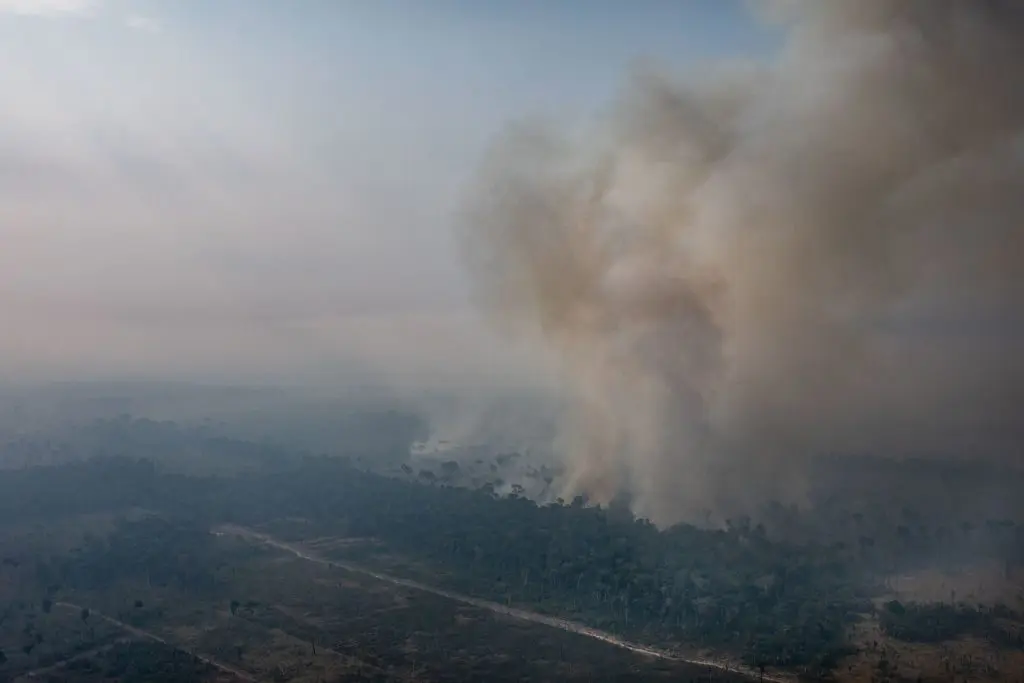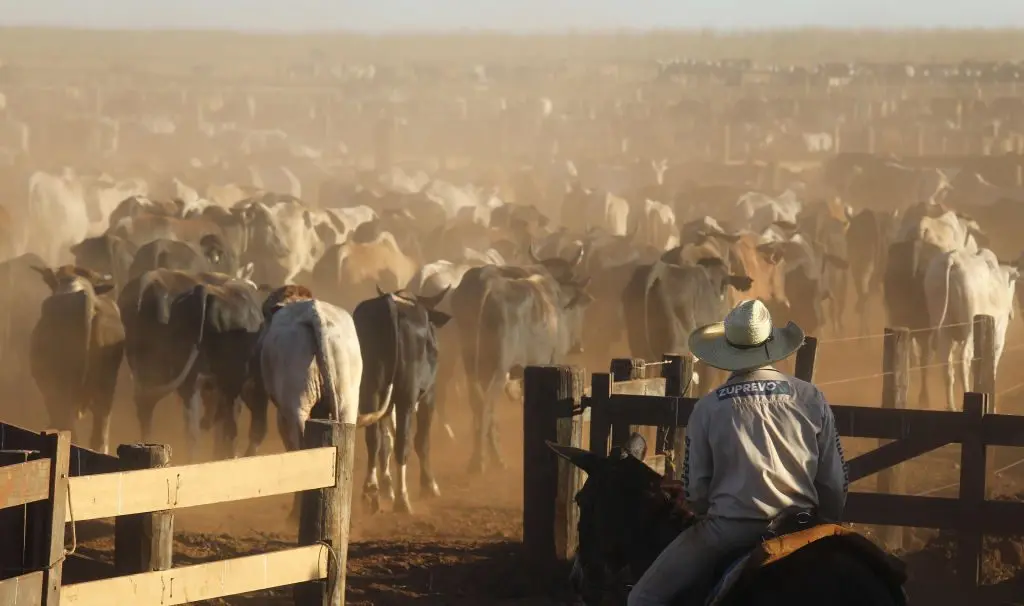Contents
TIME magazine led an expedition to the Amazon rainforest to find out what is really happening to the world’s largest rainforest
Led by renowned primatologist and environmentalist Jane Goodall, Time’s reporting team traveled thousands of miles and spoke with lumberjacks, environmentalists, ranchers and scientists. Here are the main findings of their work:
In short:
The forests of the Amazon affect the climate of our planet. Now they are rapidly disappearing due to human economic activity and the political course of the current Brazilian leader, Jair Bolsonaro. The world community is outraged, Western leaders are threatening to impose sanctions. But so far the situation is not in favor of the rainforest.
Amazonia and the climate of the planet
Trees play a critical role in returning water to the atmosphere, and their absence reduces rainfall and raises temperatures.
Tens of billions of trees have already disappeared in the Amazon, so the region is warming rapidly. Droughts and floods are more frequent, and the dry season has increased by six days per decade since 1980.
Carlos Nobre and Thomas Lovejoy, leading experts on the Amazon and climate change, believe that all this was the result of deforestation and arson for agricultural development. According to them, now is a turning point.

The Amazon forests have the potential to store up to 120 billion tons of carbon. At the current pace of the global economy, this equals 12 years of global carbon emissions.
If the Amazon ecosystem passes the tipping point, as scientists define it, there will be a chain of consequences. The disappearance of the Amazon forests can lead to the melting of the glaciers of Greenland, rising sea levels, and degradation of permafrost in the Arctic. This, in turn, will release the greenhouse gases contained in the ice and the old diseases stored there. The indirect effect of rainforest reduction on global warming may be irreversible.
10 million years – this is how scientists calculate the age of the deepest river in the world – the Amazon. It is located in Latin America. The Amazon basin is shared by nine countries, but most of it belongs to Brazil.
390 billion trees grows in the Amazon basin. It is believed that they absorb up to 25% of carbon dioxide from the atmosphere.
150 thousand plant species lives on 1 sq. km of the Amazon, including 75 thousand trees. Every tenth described plant or animal species on the planet occurs in the Amazonian forests. Many species are endemic – they live only here.
The history of the development of the Amazon
Beginning in 1492, European colonization of the Americas led to the expansion of plantations and deforestation throughout the New World.
But the 1964th century was the largest in terms of the rate of decline in the area of the tropical forest. In XNUMX, a military dictatorship came to power in Brazil. She ruled that the “empty” jungle is a security threat. The National Institute of Colonization and Agrarian Reform (INCRA) was created, its goal is deforestation and agricultural development of the territory.
These actions of the authorities led to the fact that an area larger than the state of Texas was carved out in the Amazon. Now cattle breeding reigns here, and most of the economic activity is carried out illegally. Agribusiness in Brazil generates almost a quarter of the country’s GDP, and there are more than 50 million head of cattle in the Amazon.

The destruction of forests leads to a reduction in the habitats of indigenous peoples. Indigenous lands now make up 23% of the Brazilian Amazon and are a bulwark against deforestation. The life of the tribes is connected with the fate of the forest – if one dies, the other, most likely, too.
At the beginning of the XNUMXst century, due to international pressure, Brazil began to seriously stop deforestation.
However, the new president of Brazil, Jair Bolsonaro, is the main proponent of the exploitation of the Amazon; he has fired key environmental officials and is promoting agribusiness development. Since his inauguration on January 1, 2019, the rate of deforestation has increased by 92%.
Large-scale fires in the Amazonian forests in the summer of 2019 caused protests throughout Brazil and the discontent of the leaders of the G80 countries. Scientists are sure that forest fires in the Amazon do not occur for natural reasons, the only reason for them is the actions of people. This is the burning of forests for agricultural development. It develops into uncontrolled fires. Livestock accounts for up to 2018% of deforested land. Brazil exported about $6 billion worth of beef in XNUMX, more than any other country in history.
Scientists forecast
WWF estimates that at current rates of afforestation, 27% of the Amazon will be treeless by 2030.
Decades of human activity have brought the Amazon forests closer to a “tipping point”. The balance of the ecosystem is disturbed by deforestation, fires and global temperature increase. Experts believe that the atmospheric water cycle could be irreversibly disrupted, leading to reduced rainfall and lengthening dry seasons.
At least half of the rainforest will give way to savannah. Scientists believe that the tipping point will be reached with 20-25% deforestation. Now it is already 17%. If forecasts come true and global temperatures rise by 4°C, then much of the central, eastern and southern parts of the Amazon will turn into barren thickets of bushes.










